

iNaturalist logs hundreds of thousands of photos of flora, fauna and fungi. There are even sound recordings too. Each is described and geo located. iNaturalist is used by citizens and scientists ...
READ MORE
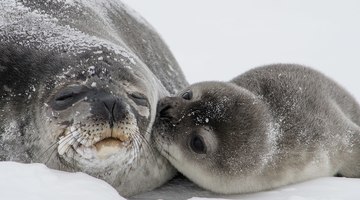
Weddell seals and orca are among the top predators in the Ross Sea region of Antarctica, and more than half of the Weddell seal population can be found in the Ross Sea. Information about changes ...
READ MORE
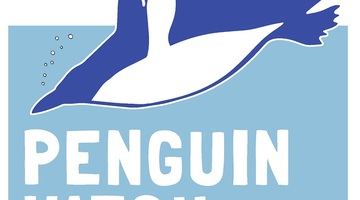
Help scientists establish valuable baseline data about the numbers, locations, habits and health of penguins in a range of Southern Ocean sites. This information will enable better understanding ...
READ MORE
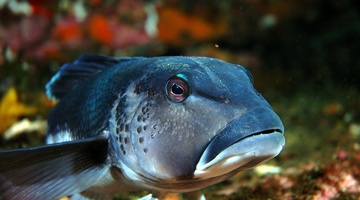
New Zealand is surrounded by the sea, and scientists estimate that as much as 80% of our known species are found in the seas around New Zealand. This marine environment not only provides a ...
READ MORE

Feeding relationships are often shown as simple food chains – in reality, these relationships are much more complex, and the term ‘food web’ more accurately shows the links between producers ...
READ MORE
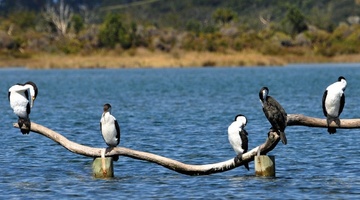
Biodiversity is short for biological diversity. It refers to the number and variety of living things (animals, plants or microorganisms) found within a particular area. There are complex ...
READ MORE
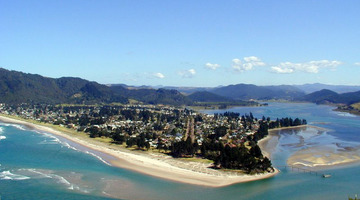
In this activity, students discuss how a variety of everyday objects can serve as metaphors for the important characteristics and functions of estuaries. By the end of this activity, students ...
READ MORE

EBM – ecosystem-based management – is a holistic and inclusive approach for managing an ecosystem. In this activity, students use EBM principles as a framework to consider how a local area of ...
READ MORE

In this activity, students play a card game that models the journey of a male pea crab (a parasite of green-lipped mussels) from his mussel host and back again. Purpose This activity will help ...
READ MORE
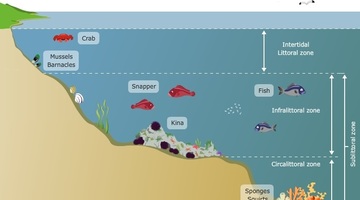
The rocky shore is a popular topic in primary school science. Below are some Science Learning Hub resources for primary teachers related to the rocky shore in the Living World strand of the New ...
READ MORE

In this online PD session recorded on 30 July 2015, primary school teacher Angela Schipper describes how she used the Butterflies resources from the Science Learning Hub in the classroom. In ...
READ MORE
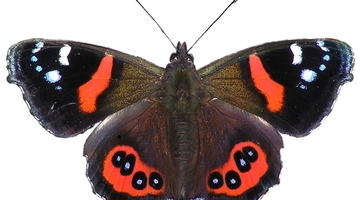
The New Zealand Curriculum has a strong focus on ensuring that all students have the skills and knowledge to participate in public debates and decision-making processes as critical, active ...
READ MORE
Weno Iti, Apanui Skipper and Andrew Swales talk about research they undertook for the toolkit. They describe their collaboration with iwi and their learning from them that resulted in an ...
READ MORE
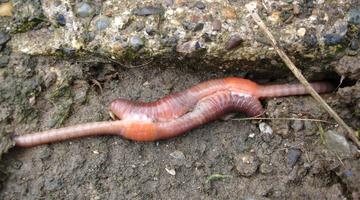
Andrew Swales, Apanui Skipper and Weno Iti discuss their roles in the development of the toolkit. Andrew led the development while Apanui provided the Māori component – helping to identify the ...
READ MORE
In this video, Associate Professor Stephen Wing, from the University of Otago, talks about how our understanding of food webs has changed over the years. We now have a much better understanding ...
READ MORE
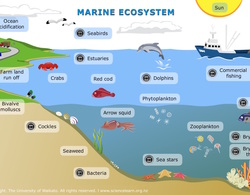
Explore this interactive diagram to learn more about life in the sea. Click on the different labels to view short video clips or images about different parts of the marine ecosystem. Select here ...
READ MORE

Exploring moths as ecological indicators of health and connectedness in our natural world. Select here for further information, transcript and copyright.
READ MORE
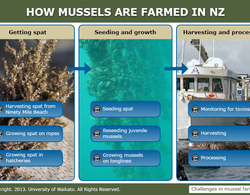
Green-lipped mussels are New Zealand’s major aquaculture species. In this interactive, Professor Andrew Jeffs (Leigh Marine Laboratory) describes the key stages in farming green-lipped mussels ...
READ MORE